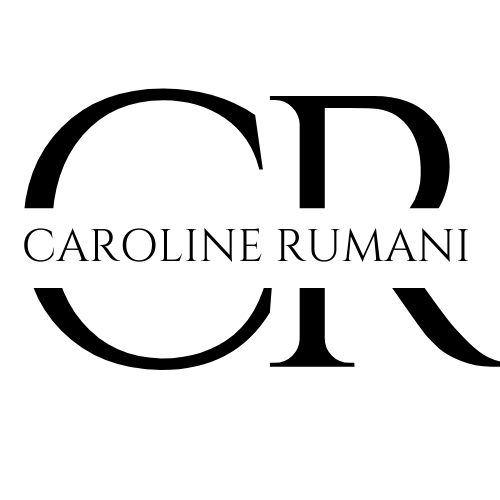VRSES
My Roles and Responsibilities
Primary UX Researcher, Market Research, Qualitative Research
Team
VR Developers, Game Designers
Social-emotional learning is an integral part of education and human development. Social-emotional learning (SEL) is the process of developing the self-awareness, self-management, social awareness, responsible decision making, and relationship skills / communication skills that are vital for school, work, and life success. These essential skills have evolved over time and vary from country to country. However, communication skills appear to be one critical skill that is needed for students to be able to communicate clearly and professionally with their professors, classmates, and potential employers.
We aim to provide a natural language VR experience for students to help develop communication skills through research in social-emotional learning and essential skills training.
Problem Space and Research Questions
As exacerbated by the pandemic, the transition from secondary education to tertiary education is often difficult for students who have not had the ability to advance their social-emotional learning and communication skills.
The main decisions our team needed to address were:
How can we utilize Large Learning Models (LLMs) in creating a VR solution to enhance collegiate students’ communication skills and social-emotional learning?
In what ways can VR training be tailored to meet the needs of students from various backgrounds and levels of education? How can we measure the success of students’ communication / SEL throughout this experience?
Through a mixed methods approach, I aimed to understand where students are currently lacking these skills and how to both train and evaluate communication skills
Initial Qualitative Interviews
During the first few weeks of our project, I spoke with staff from three areas that work directly with students at DePaul University: the counseling department (UCAPS), ACE (Academic Continuity and Engagement), and the Career Center.
Speaking with these groups, I identified a major opportunity for (1) students struggling with reaching out for help proactively and (2) students difficulty in understanding communication boundaries with professors.
Student Participatory Workshop
To investigate these trends further, I conducted a participatory workshop with 28 students enrolled in a UX Design course.
Some key findings included:
Discomfort speaking to larger groups about more nuanced issues
Silence is main response when in an uncomfortable situation
Going through the motions of a conversation is a strong suit for students
Motivations in uncomfortable situations include: rewards, support system, career/monetary gain
Barriers includes: anxiety, judgment, loneliness, no gain
Little substantial resources available, just close friends / family
Competitive Analysis
Tangential to our primary research, I conducted a competitive analysis to ensure our experience was unique.
Ultimately, I concluded that virtually all experiences were used in a training format for enterprises, and none were available to students without a personal VR headset available.
Interviews with Subject-Matter Experts
With our preliminary conversations with faculty and qualitative research from students, I spoke further with faculty at the College of Communication to understand how to quantify success and development in a communication setting.
The main findings from a communication standpoint were:
Students are reactive instead of proactive
How to build ground to be experimental in conversation instead
Professors give feedback on multiple levels (benchmark assignments)
When discussing how to implement a VR solution, participants noted:
Would be hesitant about nonverbal communication in a VR setting — cultural nuances
Offer qualitative feedback with prompt to talk to advisor or reach out to someone in-person
Very important to set up the experience thoroughly and create immersion and not break the 4th wall
Some meaningful quotes from these conversations included:
“Students feel like they have to have a problem in order to talk to professors.”
“Students came back into the classroom, but it’s like they are still on mute.”
Conducting a University-Wide Questionnaire
Although I gathered feedback from students, I wanted to validate our results beyond the scope of a UX design classroom.
I conducted a university-wide questionnaire to understand how various groups of students undergo certain challenges in their education. With over a dozen respondents, the findings from the workshop were validated, noting that:
2/3 students are US citizens (English being primary language of communication)
Want to focus on verbal communication skills
Want to improve the structure of what they speak or how well they articulate their answer
Primary focus of improvement is communication with professors
Communicate with professors based on how the professor have interacted before (if professor is rude, they prefer to communicate in group/class, else they do 1:1)
Face anxiety or professor not addressing their issue when they communicate
Prefer to improve their skills in professional setting/environment
Prefer their feedback 1:1 in both verbal and written format
Impact
Throughout this process, my research findings informed the scope of VR experience, and where we locate this product so that it’s accessible to the desired end users, which are college students entering their first year. Additionally, these findings helped us select and understand the problem we attempt to solve with our first implementation (“first interactions” between students and professors).
As this project is ongoing, we are currently leveraging what we learned though the mixed methods approach to develop training guidelines, feeding into the creation of the VR experience. Please stay tuned for more!



